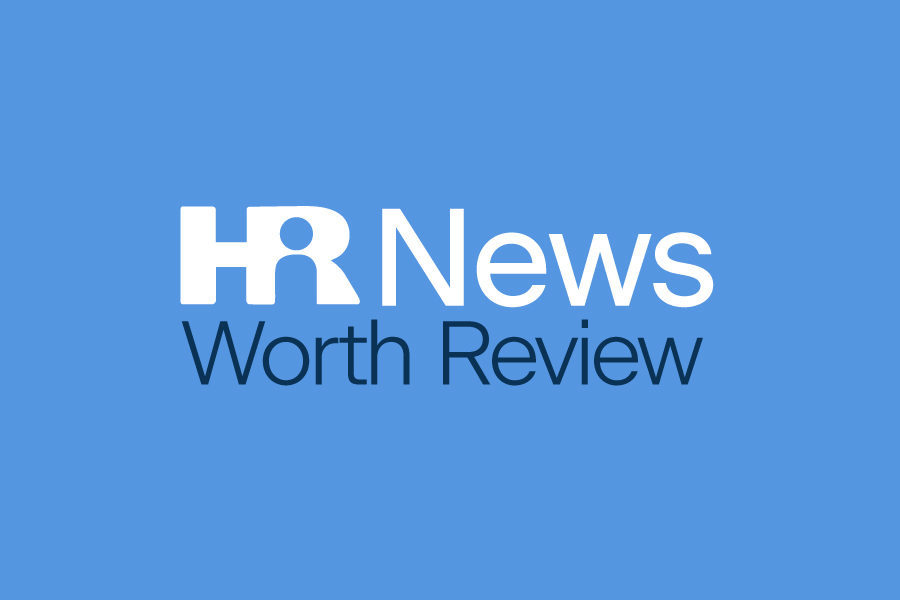Pay or Play Affordability Percentage Decreased for 2023
On Aug. 1, 2022, the IRS issued Revenue Procedure (Rev. Proc.) 2022-34 to index the contribution percentages in 2023 for determining the affordability of an employer’s plan under the Affordable Care Act (ACA).
For plan years beginning in 2023, employer-sponsored coverage will be considered affordable if the employee’s required contribution for self-only coverage does not exceed:
- 9.12 percent of the employee’s household income for the year for purposes of both the pay or play rules and premium tax credit eligibility. This is the most substantial decrease in this percentage since these rules were implemented (down from 9.61 percent in 2022). It is the lowest that this percentage has ever been set, at 0.38 percent below the statutory affordability percentage of 9.5 percent.
- 8.17 percent of the employee’s household income for the year for purposes of an individual mandate exemption (adjusted under separate guidance). This is a slight increase from 2022, which was set at 8.09 percent. Although this penalty was reduced to zero in 2019, some individuals may need to claim an exemption for other purposes.
As a reminder, employers may use an affordability safe harbor to measure the affordability of their coverage. The three safe harbors that measure affordability are based on Form W-2 wages from that employer, the employee’s rate of pay or the federal poverty line (FPL) for a single individual. Please see this brief for more information on using these three safe harbors.
To illustrate this increase, the maximum monthly premium you could charge an employee who earns $12.00 an hour (assuming he or she works 40 hours per week for the W-2 method) using the three safe harbor methods would be:
| W-2 | Rate of Pay | Federal Poverty Level* | |
| 2022 | $199.88 | $149.92 | $108.83 |
| 2023 | $189.70 | $142.27 | $106.41 |
*Assumes “normal” FPL increase for 2023
Employer Takeaway
The updated affordability percentages are effective for taxable years and plan years beginning on or after Jan. 1, 2023. The updated affordability percentage for the pay or play rules and premium tax credit is the most significant decrease since these rules were implemented. As a result, many employers may have to lower their employee contributions for 2023 to meet the adjusted percentage.
HHS Issues Proposed Rule to Strengthen Nondiscrimination in Health Care
The U.S. Department of Health and Human Services (HHS) recently announced a proposed rule that would revise the implementing regulation for Section 1557 of the ACA, strengthening and restoring civil rights protections for patients and consumers in certain federally funded and HHS programs. The 2020 version of the rule limited Section 1557’s scope and power to cover fewer programs and services.
What Will the Proposed Rule Address?
Section 1557 of the ACA prohibits discrimination on the basis of race, color, national origin, sex, age and disability in certain health programs and activities. It is one of the federal government’s most powerful tools to ensure nondiscriminatory access to health care. The proposed rule includes anti-discrimination protections on the basis of sexual orientation and gender identity, consistent with the U.S. Supreme Court’s ruling in Bostock v. Clayton County, and reiterates protections from discrimination for seeking reproductive health care services. Additionally, this rule-making includes proposed revisions to nondiscrimination provisions in Centers for Medicare & Medicaid Services regulations.
Employer Takeaway
Once the proposed rule is published in the Federal Register, there will be 60 days for public comment. The HHS encourages stakeholders, including patients and families, to comment on the proposed rule. Subsequently, the Office for Civil Rights will review the comments as it drafts a final rule. While the HHS is undertaking rule-making, both the statute and current regulation remain in effect. We will keep you apprised of any notable updates.
Early Preparation is Crucial for 2023 Open Enrollment
Planning ahead for 2023 open enrollment presents employers with a massive opportunity. Doing so gives employers ample time to tailor their employee benefits offerings and showcase perks. Furthermore, early preparation can show employees they are valued and help retain top performers who may be seeking job changes. Starting today, employers can prepare for open enrollment with the steps below.
Tailor Benefits Options
Benefits offerings are one of the top reasons employees join companies and stay at their jobs, so employers should ask them which perks are most valuable. Here are some of today’s most popular benefits:
- Remote or hybrid work environments
- Flexible or hybrid scheduling
- Greater compensation
- Mental health resources
- Caregiving benefits
- Professional development opportunities
- Telemedicine
- Financial wellness resources
After solidifying benefits options, employers need to plan their communication strategies. Key messaging might focus on new or updated benefits offerings, which can incentivize employees to stay in their current positions.
- Group meetings
- One-on-one discussions
- Emails
- Presentations
- Printouts
- Videos
You can download the above steps here. Don’t worry about communicating too soon about enrollment. Repetitive messaging and reminders increase the odds of employees seeing necessary information and understanding their benefits. Reach out to us for additional open enrollment information and resources.





